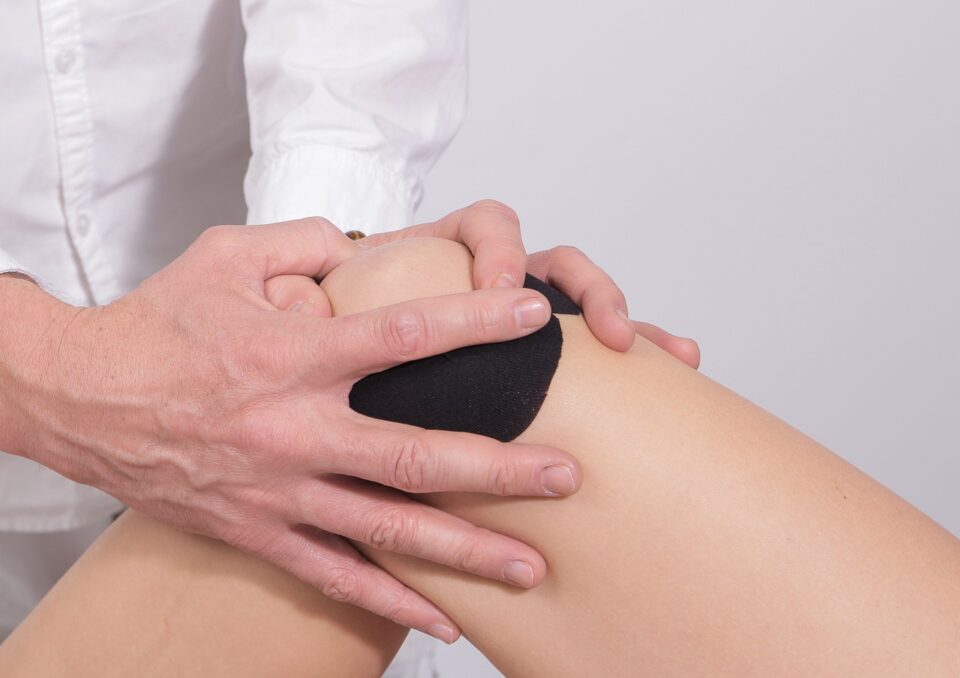Knee pain is a warning sign and if ignored can lead to catastrophic damage. This is particularly true in the case of teenage athletes since they are putting pressure on their knees regularly. In fact, overuse of the joint can lead to a variety of conditions such as juvenile arthritis, Osgood-Schlatter disease, and osteochondritis dissecans.
The good news is that the better you’re able to recognize knee pain symptoms the better you’ll be able to avoid knee problems. This being the case, let’s go over six facts that you should know about knee pain in teenage athletes.
1. There Can Be Many Causes
Pain in one’s knee doesn’t always happen for the same reason for every person. The cause of your knee discomfort could be because of a completely different underlying cause than someone else who has similar pain.
Two of the main causes of knee discomfort are complete opposites. They are overuse of the knee joint, typically through heavy physical activity, and underusing the joint. Surprisingly, these two causes can create a similar feeling of discomfort in the knee.
Other causes of knee discomfort include sitting on the knee for an extended time, kneeling or sitting in a constrained position, and injuries. The biggest concern is suffering a knee injury and mistaking the pain for a less serious cause of knee discomfort. Knee injuries can be serious and should be assessed by a medical professional as soon as possible.
2. Different Types of Pain
Knee pain can come in many varieties in teenage athletes. Knee pain symptoms include pain in the area surrounding the knee cap, pain right below the knee cap, and swelling that takes place near the growth plate at the bottom of the knee. Knee pain can also be limited to certain activities such as running and other forms of exercise.
The thing to remember about these different types of knee pain is the fact that they could all be serious, and lead to knee injuries if not treated. It’s important to have a good understanding of the type of knee discomfort that you’re experiencing so that you can explain it to your doctor in detail. This will help them to make an accurate diagnosis.
3. Treatment for Knee Problems
If you’re experiencing knee pain symptoms, then you should seek treatment as soon as possible. The longer your knee goes without treatment, the more likely you’ll further damage your knee. In some cases, permanent damage may be done that is irreversible even with treatment.
Fortunately finding physiotherapists in Singapore or a knee pain treatment clinic in Singapore isn’t difficult. What’s important is getting the help you need before your knee problems get worse. Also, the sooner your knee is treated, the sooner you’ll be able to resume your athletic pursuits.
4. How Knee Injuries are Treated
Physiotherapists in Singapore can treat knee issues using a variety of methods. What treatment is used is dependent on the type of injury and some treatments might be short term, while others may last months or even years. Here is a quick list of some common treatments that physiotherapists might use:
- Knee braces
- Kinesio tape
- Rehabilitation
- Immobilization
- Surgery
- Rest
- Weight management
- Pain killers
5. Recovery Time
When you’re suffering knee issues, it can be difficult to take the time to recover, especially if you’re a teen athlete that’s missing out while you heal. The recovery time for knee issues depends on the nature and severity of the injury or disease that caused it. In some cases, treatment may only last a few days or weeks. However, treatment could also last months or even over a year if the problem is severe enough.
It should be noted that reinjuring your knee is a very real possibility if you don’t listen to your doctor, and don’t take your treatment seriously. An injured knee is more prone to further injury after all. This means that you should only perform activities that you’re allowed to under your treatment program, and avoid engaging in athletics until you are medically cleared to do so.
6. Disease vs Injury
One of the most important facts that you should understand is the difference between knee issues caused by a disease, and those caused by injury. In some cases, you may be able to tell immediately, such as in the event you were to suffer a traumatic injury. However, knee pain that develops over time in subtle ways may not be so easy to identify.
Here is a quick list of some of the causes of knee issues grouped by injury and disease:
Disease
- Juvenile arthritis
- Osgood-Schlatter disease
- Osteochondritis dissecans
- Sindling-Larsen Johansson syndrome
- Injury
Tendonitis
- Dislocated kneecap
- Tendonitis
- Ligament injuries
The treatment you receive for your knee issues can be vastly different depending on whether they are caused by a disease or injury. For example, Tendonitis can be treated with rest, ice packs, and anti-inflation medication. On the other hand, a torn ligament may require surgery. In either case, your doctor should be able to properly diagnose and recommend treatment that will help you to heal as quickly and completely as possible.
Being Smart About Knee Pain
If ignored, knee issues can end your athletic career before it even starts, or simply prevent you from engaging in activities that you enjoy. Anyone experiencing knee pain that is persistent, or severe, should seek professional help as soon as they can. The sooner you do this, the better chance you’ll have of making a full recovery.

